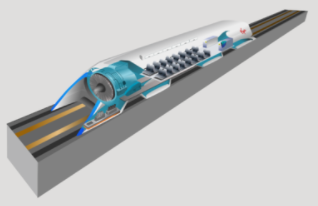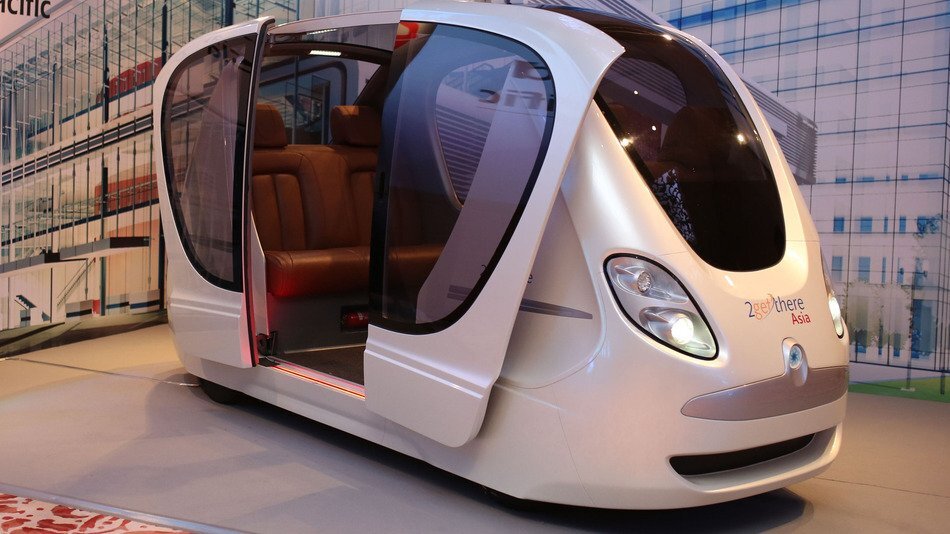Metro Neo | 06 Nov 2020
Why in News
The Centre is planning to approve national standard specifications for Metro Neo, a no-frills, low-cost urban rail transit system targeted at tier 2 and tier 3 cities.
Key Points
- Metro Neo is a mass rapid transit system providing low-cost, energy-efficient and eco-friendly urban transport solutions for tier 2 and tier 3 cities.
- Drawing traction power from overhead wires, Metro Neo will not run on track but on road. It is suitable for places where the traffic demand is around 8,000 passengers one way in peak time.
- Metro Neo systems are lighter and smaller than conventional Metro trains.
- They cost about 25% of conventional systems but with similar facilities, and are cheaper than the other budget option Metrolite, which costs about 40% of the normal Metro.
- The Maharashtra government has already given a green signal for this state-of-the-art Mass Rapid Transit System (MRTS) for Nashik.
- Metro Trains and Metrolite:
- The metro rail system being developed at present is of high capacity which is required for bigger cities with very high ridership and Peak Hour Peak Direction Traffic (PHPDT).
- Seeing the success of metro rail in the country, several other cities with lower projection of ridership are also aspiring for a rail based mass rapid transit system, which could be fulfilled by Light Urban Rail Transit System named "Metrolite" with lesser capacity at much less cost.
- 'Metrolite' would also act as a feeder system to high capacity Metro.
Other New Modes of Urban Mobility 
- Hyperloop Transportation System:
- It is a transportation system where a pod-like vehicle is propelled through a near-vacuum tube connecting cities at speeds matching that of an aircraft.
- The hyperloop concept is a brainchild of Tesla founder Elon Musk. The hyperloop system is being designed to transport passengers and freight.
- The USA-based Hyperloop Transport Technology (HTT) has claimed that it costs USD 40 million per kilometre to build a hyperloop system while building a high-speed train line would cost almost twice.
- The Maharashtra government had signed an agreement with Virgin group to build a Hyperloop in 2018.
- Pod Taxi:

- In 2017, the National Highway Authority of India (NHAI) had called the expression of interest (EOI) for launching India’s first driverless pod taxi systems on a 70 km stretch from Dhaula Kuan in Delhi to Manesar in Haryana. Pod Taxi Scheme is also called the Personal Rapid Transit (PRT).
- PRT consists of driverless vehicles in the shape of pods, which can hold two to six people each, and run along a predetermined course at 80-130 km per hour.
Way Forward
- India grapples with a host of mobility-related challenges like pollution and traffic congestion, thus it is essential to ramp up and optimise mobility services.
- The focus has to be on promoting green, clean mobility. Electric vehicles are already on high priority on the government’s agenda.
- Further, mobility services should be convenient to access by the public and secure, even for the fringes of the demographic, including women, children and the elderly.
- Cities are engines of economic growth. Thus, for a fast urbanising country such as India, we need such a fuel efficient mass rapid transit system to achieve Sustainable Development Goals and ensure movement of people instead of moving vehicles.
